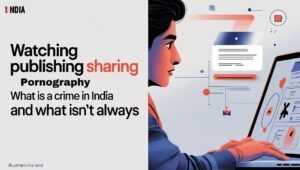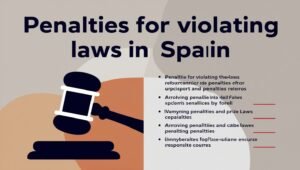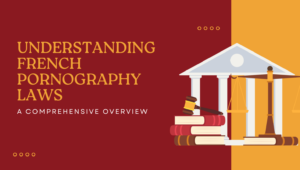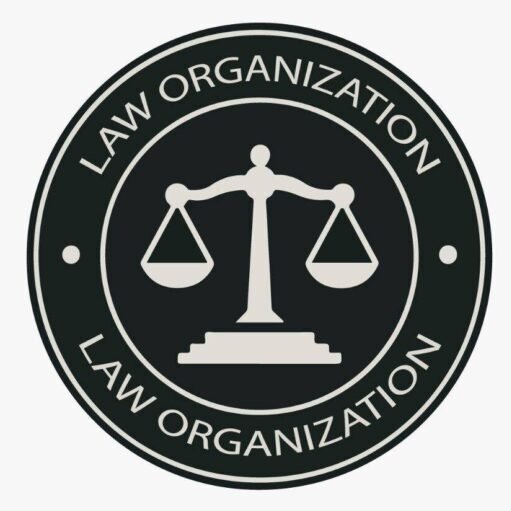Using the internet in this era is normal, when we talk about online platforms like YouTube, which come with certain guidelines or rules related to Pornography laws of California in videos on Youtube. In California, watching and sharing different kinds of videos are based on the regulations of some strict laws, especially concerning pornography. Viewing and sharing of illegal content, like child pornography or videos without someone’s consent, can get you into serious legal trouble. Pornography Laws California is essential for individuals and businesses involved in the industry to remain compliant and avoid legal repercussions.
YouTube works hard to keep illegal content off its site. They use tools and user reports to find and remove bad videos, making the platform safer for everyone. Knowing these laws and YouTube’s rules helps you avoid problems. Understand that the punishments on the bad videos on youtube on pornography laws California.
If you see something wrong or illegal on YouTube, report it right away. This helps keep the internet safe and keeps you out of trouble. Always think before you watch or share, and if you’re unsure about something, check the laws or ask for legal advice. Explore Pornography Laws California, including legal regulations, punishments for violations, and key case histories that have shaped the state’s adult content industry. Stay informed on legal guidelines and consequences.
History Overview
California has strict rules about pornography, and knowing these rules is important if you use or share content on YouTube. YouTube’s policies on nudity and explicit content have changed a lot over time to keep up with new laws and legal cases.
How YouTube’s Policies Have Changed pornography laws California
YouTube used to allow some types of nudity, like in educational videos. But as laws have changed, YouTube has updated its rules to stay legal and protect its users.
Legal Problems and Police Help
YouTube has faced big legal problems with illegal content, such as child pornography. To handle this, YouTube now works closely with the police to quickly remove illegal videos and prevent them from spreading. This makes YouTube safer for everyone.
Stricter Rules for a Safer YouTube
Because of these issues, YouTube has made its rules stricter. These stricter rules help keep the platform safe and friendly for users and advertisers. It’s important for people who make and watch videos to know and follow these rules to avoid any problems.
- Understand the Laws: Knowing California’s pornography laws is important for everyone, whether you’re an individual or a business.
- Follow YouTube’s Rules: Breaking these laws can get you into serious legal trouble and damage your reputation.
- Stay Informed: Keep up with YouTube’s policies to make sure you’re using the platform safely and legally.
YouTube has changed its rules and works with the police to follow California’s strict pornography laws. These changes help keep YouTube safe and respectful for everyone. Pornography Laws California is essential for individuals and businesses involved in the industry.
Understanding Pornography Laws California
California’s laws on pornography are designed to protect people and uphold community values. These laws aim to balance personal rights with what society finds acceptable.
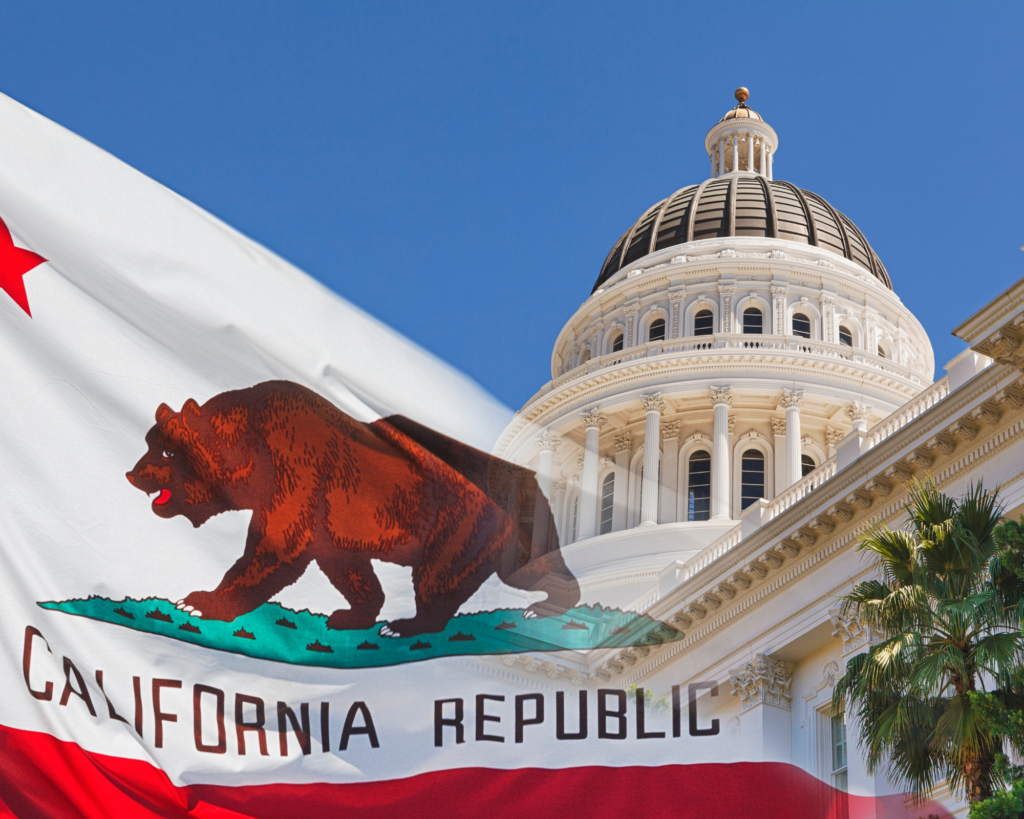
What You Need to Know?
- Definition of Pornography:
In California, “pornography” generally means sexually explicit material meant to make people feel sexual excitement. The focus is on content that’s offensive and lacks serious value.
- Child Pornography:
It’s illegal in California to have any pictures or videos showing someone under 18 in sexual situations. This law protects minors from being exploited. There are exceptions for married minors and legally emancipated minors.
- Age Rules:
California has strict rules about age in sexual activities to prevent exploitation and protect young people.
- Legal Consequences:
Breaking California’s pornography laws can lead to serious legal trouble. These laws are there to keep everyone safe and uphold community standards.
Why Is It Important?
Understanding California’s pornography laws is important for everyone. It helps you follow the rules, stay safe, and make sure online content is respectful and legal. Stay informed to navigate these laws responsibly. Pornography Laws California is essential for individuals and businesses involved in the industry to remain compliant and avoid legal repercussions.
California’s pornography laws aim to protect individuals and uphold community values. Knowing and following these laws helps create a safer and more respectful environment for everyone. Pornography Laws California, including legal regulations and punishments for violations.
Evolution of California Pornography Law on YouTube
California’s rules about pornography on platforms like YouTube have changed a lot over time to protect people and uphold community values.
- What Counts as Obscene?
California uses the Miller Test to decide what’s obscene. It checks if the content is offensive to community standards and lacks value. This helps decide what’s illegal in California.
- Protecting Minors
California has strict laws to keep minors safe in pornography. These include checking ages carefully and getting consent from adult actors. These rules make sure young people aren’t exploited.
- Rules for Sharing
In California, it’s tightly controlled who can share pornography and where. It’s illegal to give obscene material to minors. People who share porn must follow licensing rules and check ages to stay legal.
California has strong laws against revenge porn, where people share explicit images without permission. These laws punish offenders and protect victims’ privacy.
California takes a tough stance on child pornography. There are strict rules and harsh penalties for anyone involved in illegal activities with minors. This shows how serious California is about protecting children.
- Dealing with AI and Deepfakes
New technology like AI and deep fakes pose challenges. California has made laws, like AB 602, to tackle these issues early. These laws aim to stop misuse of technology for harmful content.
California’s laws on pornography have changed to fit modern times, especially online. Understanding these laws helps platforms like YouTube follow rules, keep users safe, and make sure everyone respects community standards. Stay informed to use the internet responsibly and safely.
About Child Pornography Laws California

California takes child pornography seriously with strict laws to protect minors from harm. These laws cover making, sharing, and even just having inappropriate material involving children under eighteen.
What’s Considered Child Pornography?
In California, child pornography laws (Penal Code 311) make it illegal to:
Create or Share: Making, sending, or copying any inappropriate material with kids to share it.
Exploiting Children: Using, persuading, or forcing minors to be in these materials.
Possessing or Advertising: Having or trying to sell any bad stuff with kids in it.
The Serious Consequences
Simply having or downloading this kind of material is against the law, even if you didn’t plan to share it. If caught, you could face severe penalties.
How Cases Are Handled?
In court, they have to prove you knew what you were doing with these materials involving kids. This means you understood the content.
Why Does It Matters?
Understanding these laws helps keep kids safe and out of harm’s way. By following these rules, we protect our community and make sure everyone stays safe online.
If you see anything suspicious with kids online, it’s important to report it right away. Together, we can make sure our online world is safe and respectful for everyone.
Legal Frames
In California, laws against child pornography are strict and carry severe penalties. Let’s break down what you need to know about these laws and their implications.
Charges and Definitions
When someone is charged with child pornography in California, it’s usually a serious felony. Here’s why:
- Obscenity Definition: According to California law, material is considered obscene if it shows sexual acts in an offensive way, lacks any serious value, and appeals to inappropriate interests.
- Commercial Activity: Trading or trying to sell child pornography, or showing it to someone under 18, can also lead to felony charges.
Consequences
If convicted of possessing child pornography, even in a minor way, the consequences are significant:
- Sex Offender Registration: A conviction requires registration as a Tier one sex offender for at least 10 years. More serious charges could lead to lifelong registration as a Tier three sex offender.
- Impact on Life: Being on the sex offender registry in California is public information. It can affect your ability to find work and housing, as well as where you can live due to Jessica’s Law, which restricts offenders from living near schools and parks.
Seeking Legal Help
If you or someone you know faces charges related to child pornography, it’s crucial to seek legal advice immediately. The specifics of each case can vary, affecting the charges and potential defenses available.
Understanding California’s laws on child pornography is essential for safeguarding minors and avoiding severe legal consequences. By knowing these laws and their implications, we can work together to ensure a safer community for everyone.
Remember, if you’re facing charges or have concerns about these laws, contacting a criminal defense attorney is the first step in building a defense and protecting your rights.
| Statutes | Description |
| Penal Code Section 311.1, 311.2 | Knowingly sending, transporting, producing, possessing, or duplicating child pornography with intent to distribute. |
| Penal Code Section 311.3 | Sexual exploitation of a child: Developing, duplicating, printing, or exchanging any child pornography. |
| Penal Code Section 311.4 | Knowingly hiring, employing, using, persuading, or coercing a minor to participate in the production of child pornography. |
| Penal Code Section 311.10 | Knowingly advertising obscene child pornography for sale or distribution. |
| Penal Code Section 311.11 | Knowingly possessing or controlling any child pornography involving a person under 18. |
| Penalties | Description |
| Possession: | Felony with potential fine up to $2,500, up to one year in county jail, or both. Repeat offenders face more severe penalties, including state prison terms. |
| Distribution: | Up to one year in county jail or state prison, with fines up to $2,000. Higher fines possible for repeat offenders or previous similar convictions. |
| Commercial Gain: | Imprisonment in state prison for two, three, or six years, plus fines ranging from $50,000 to $100,000 for transporting, distributing, or advertising child pornography. |
| Hiring or Coercing Minors: | Felony sentence of up to three, six, or eight years in state prison. |
| Possible Defenses | Description |
| Lack of Knowledge: | Defendant unaware of minor’s involvement in pornographic materials. |
| Scientific or Educational Purpose: | Activity conducted for scientific or educational reasons. |
| Emancipated Minor: | Minor legally emancipated at the time of participation in pornography. |
| Mandatory Lifetime Sex Registration | Description |
| Penal Code Section 290 | Conviction for any child pornography offense requires lifetime sex offender registration. |
YouTube works hard to keep kids safe online. They have strict rules against harmful content that could hurt or exploit children. This includes things like inappropriate sexual content, abuse, and dangerous acts. If someone uploads, streams, comments on, or does anything harmful to minors, YouTube will remove their content and might shut down their account.
YouTube has put a lot of effort into using technology to find and stop child sexual abuse material. They have special tools to detect known videos of child abuse. When they find these videos, they create a unique digital fingerprint for each one to help stop them from spreading. They also work closely with organizations like the National Center for Missing and Exploited Children and law enforcement to report illegal content.
This technology is important in protecting children and making sure YouTube stays a safe place for everyone.
References
- https://support.google.com/youtube/thread/277998785/false-accusations-of-child-pornography-by-youtube-because-of-complaints-from-business-competitors?hl=en
- https://transparencyreport.google.com/youtube-policy/featured-policies/child-safety?hl=en
- https://transparencyreport.google.com/youtube-policy/removals?hl=en
- https://bodmania.com/navigating-pornography-laws-california-a-comprehensive-guide/
- https://www.lawincalifornia.com/unraveling-the-mysteries-of-californias-pornography-laws/

